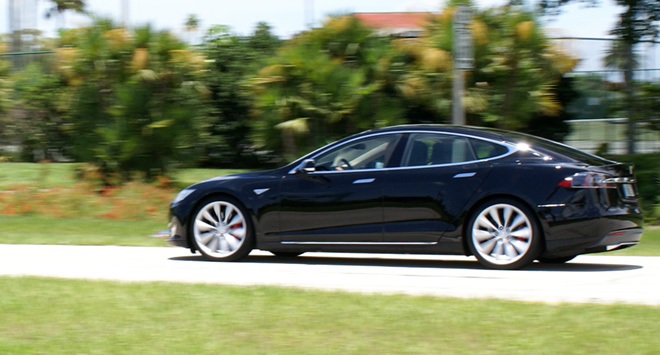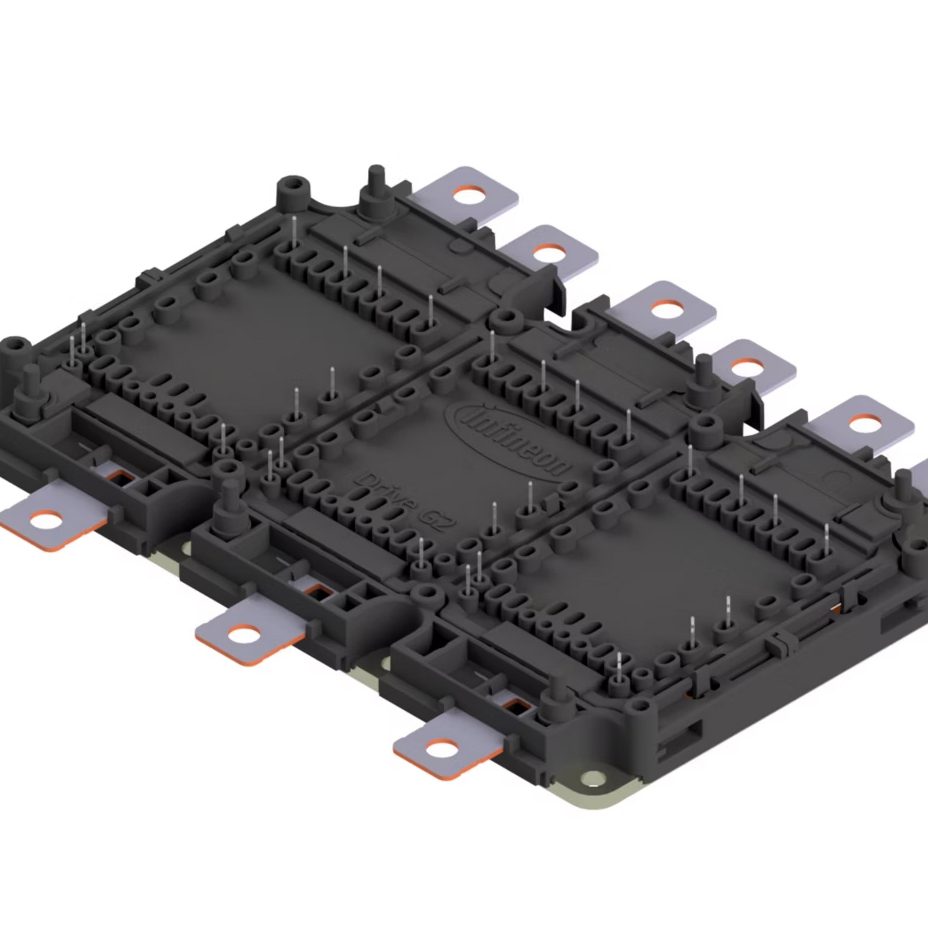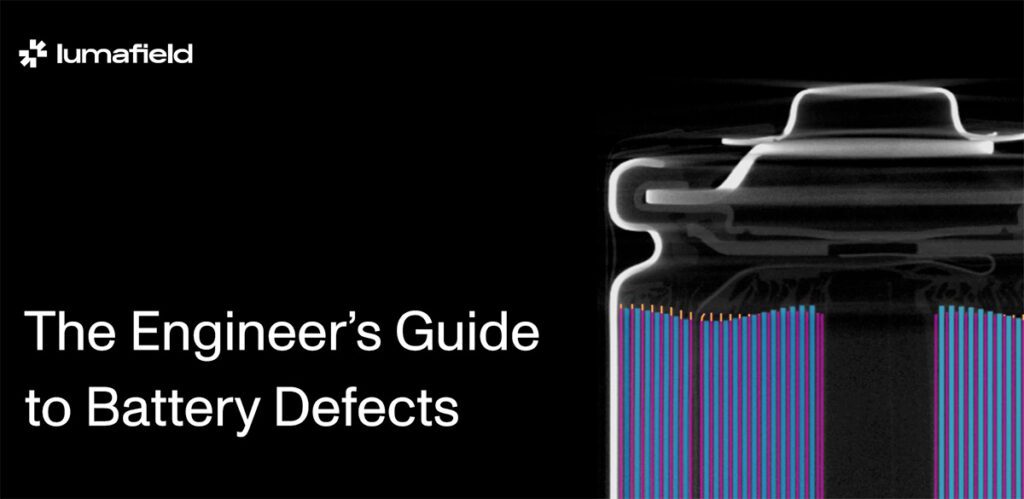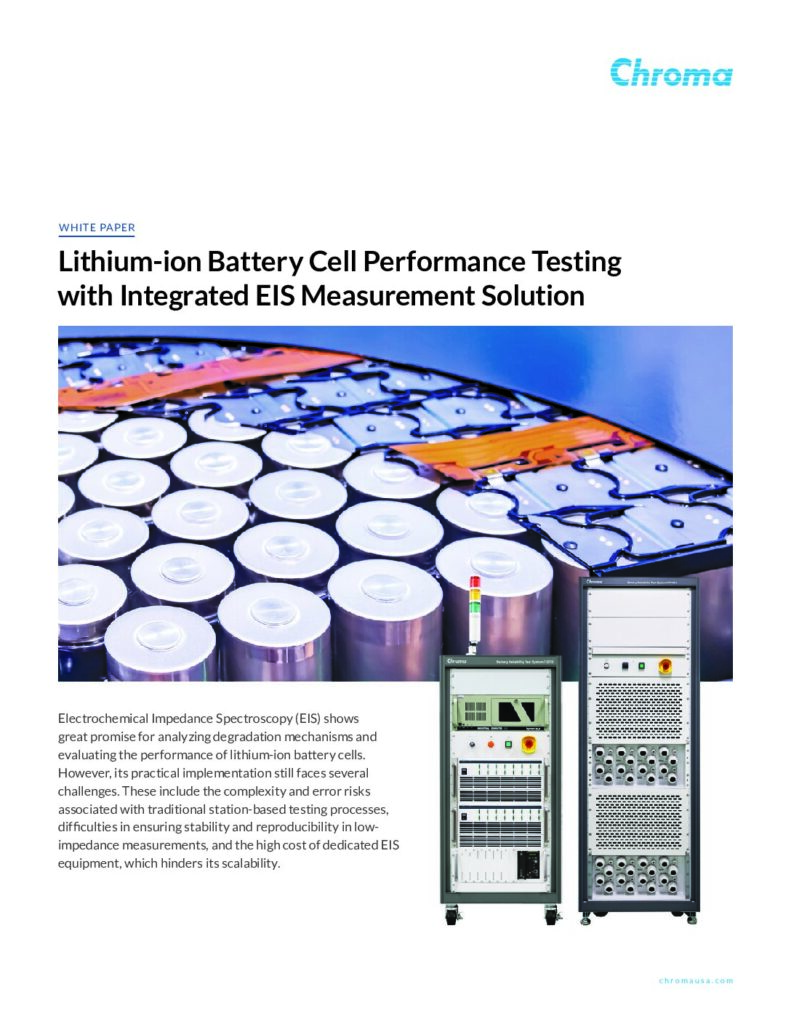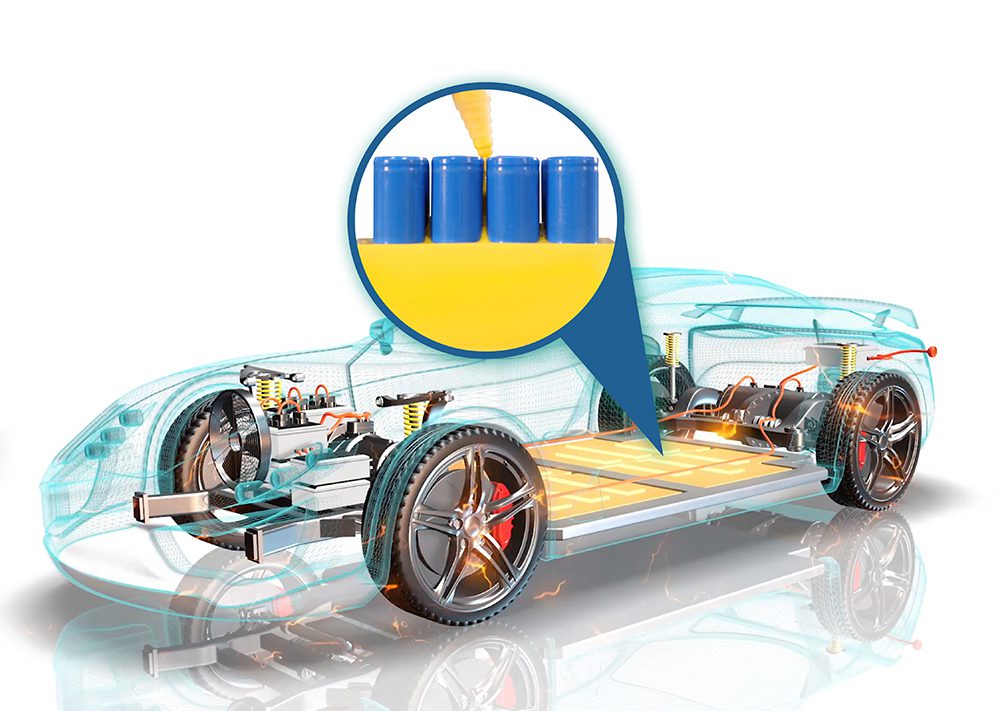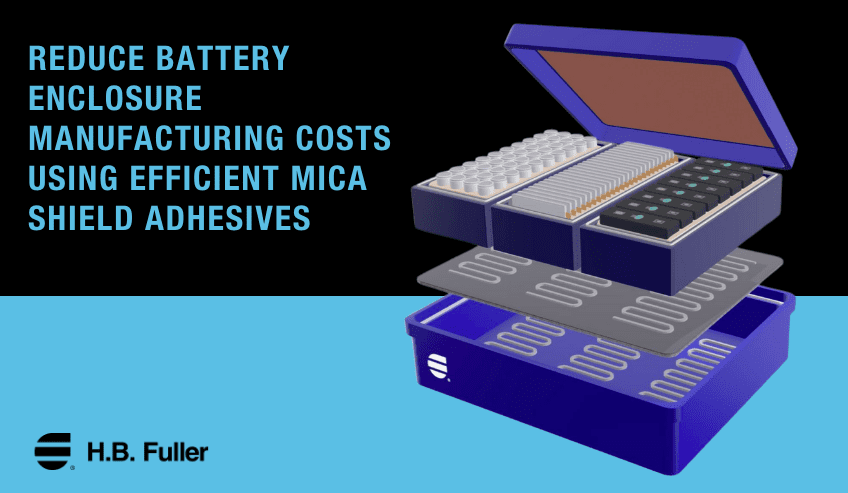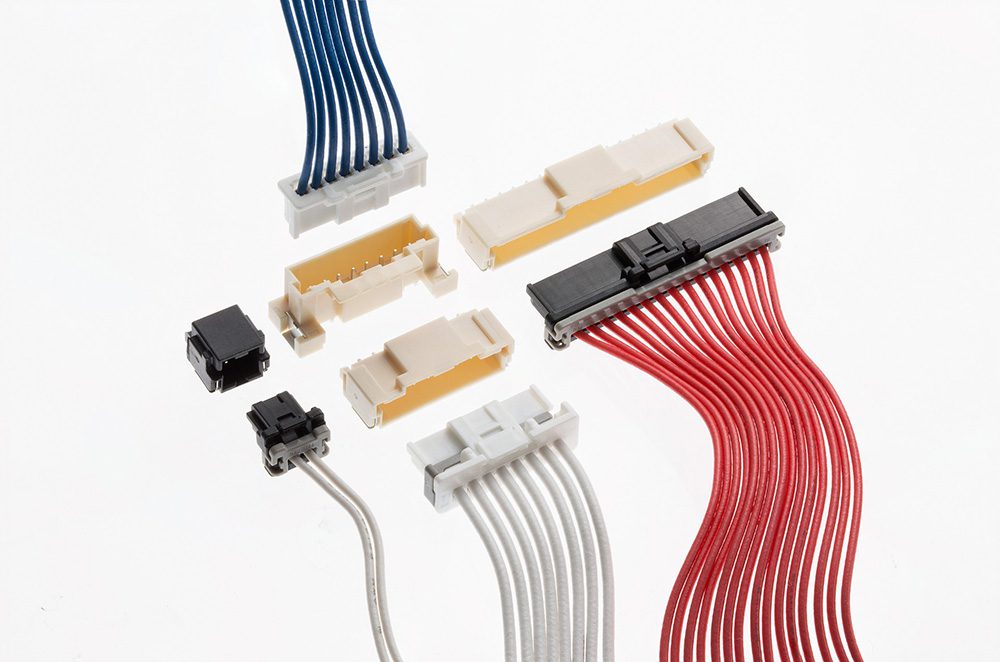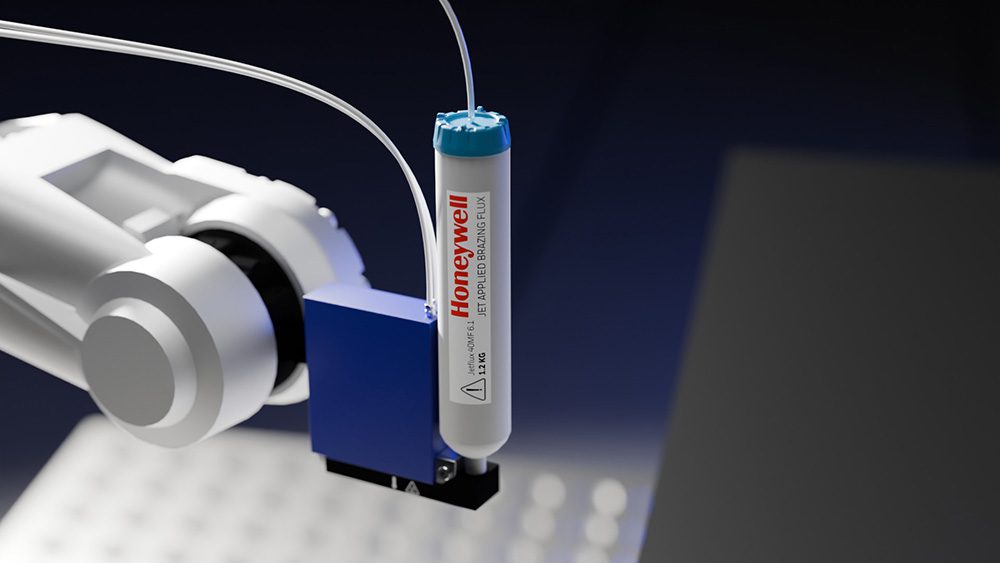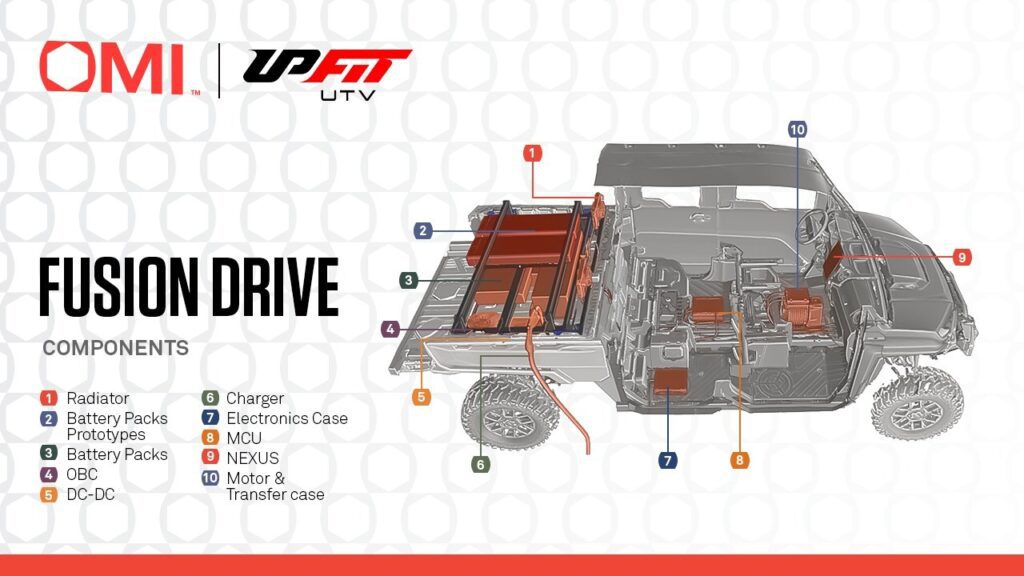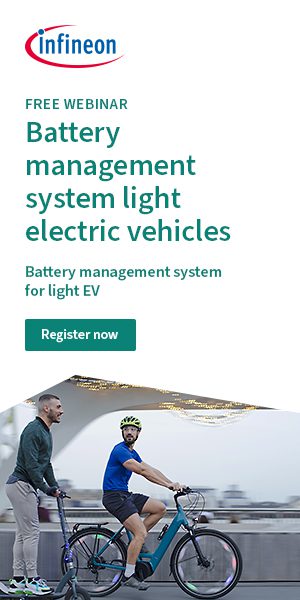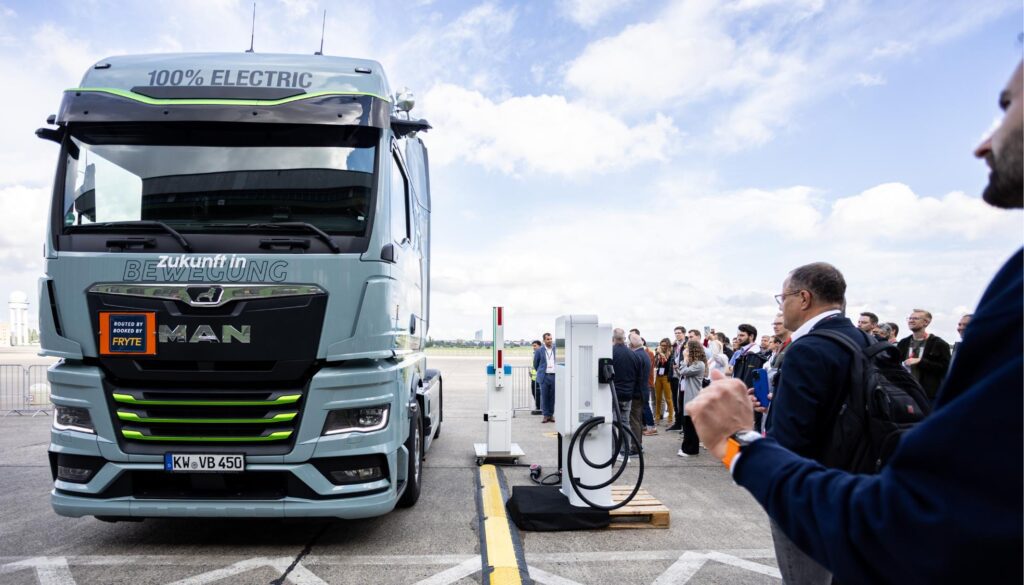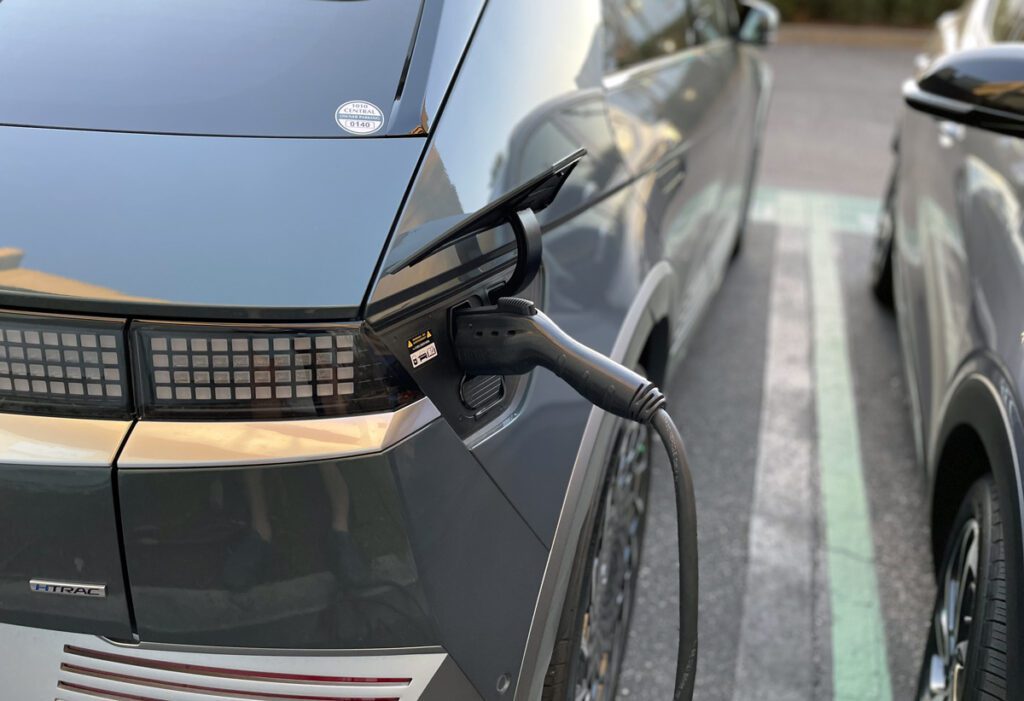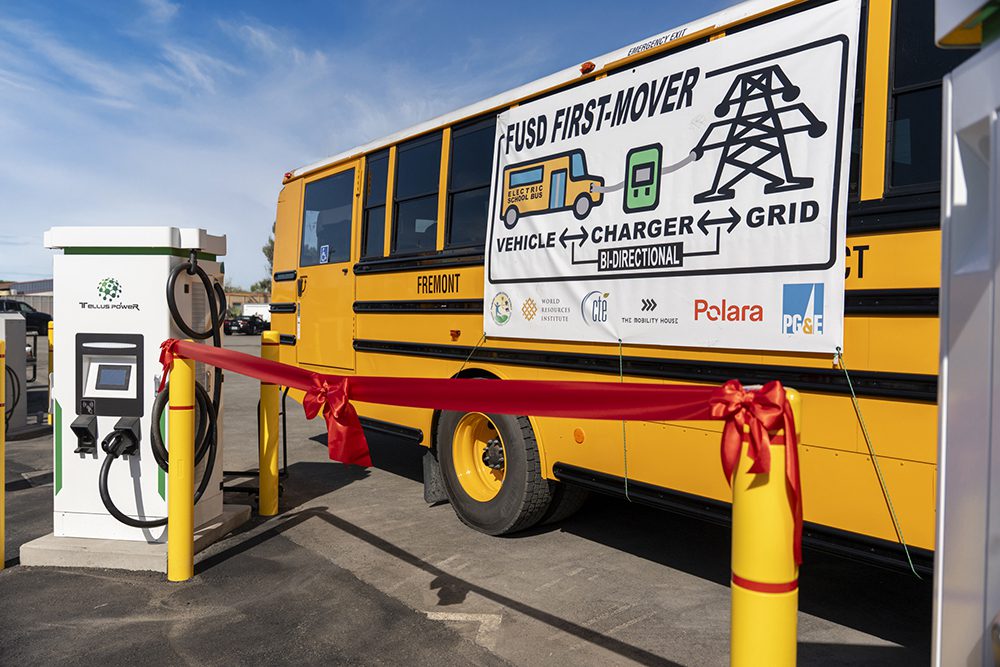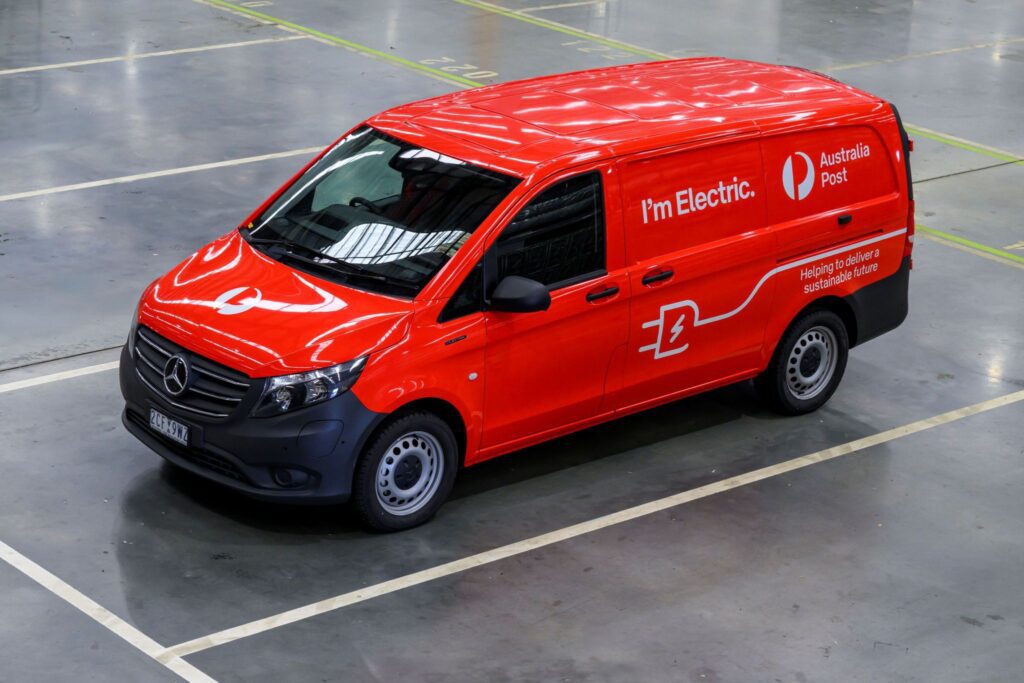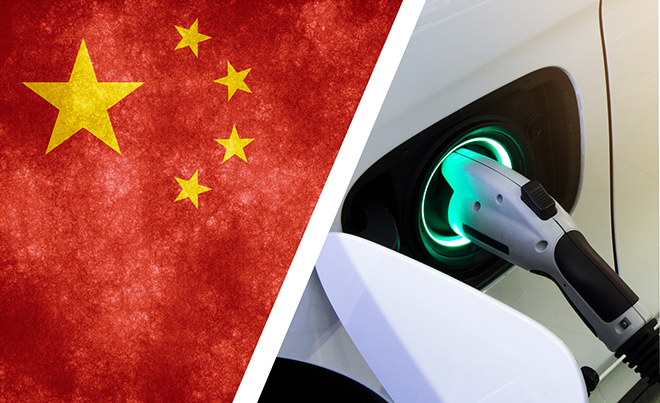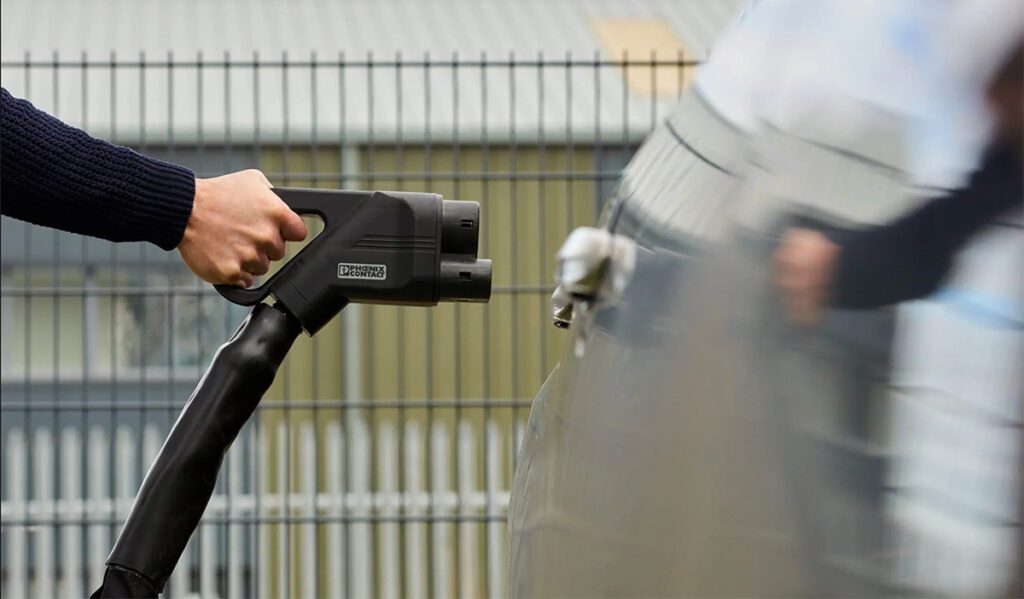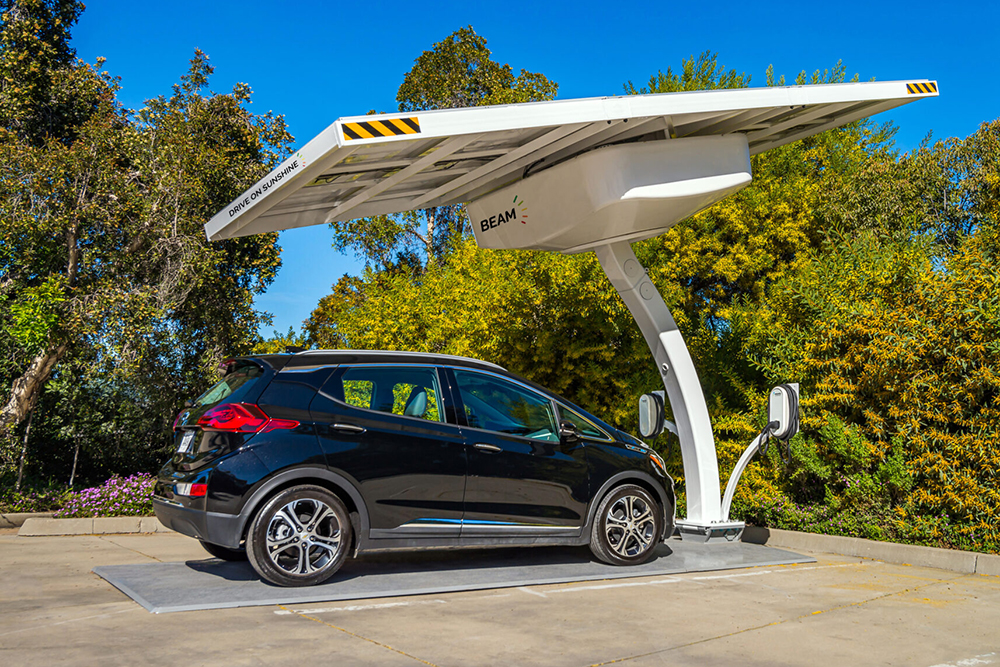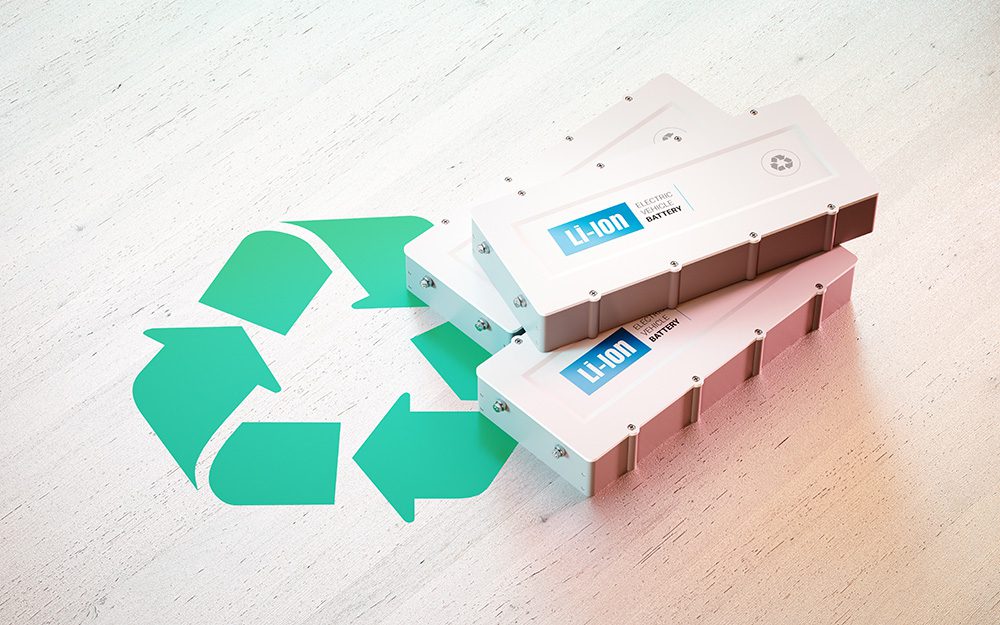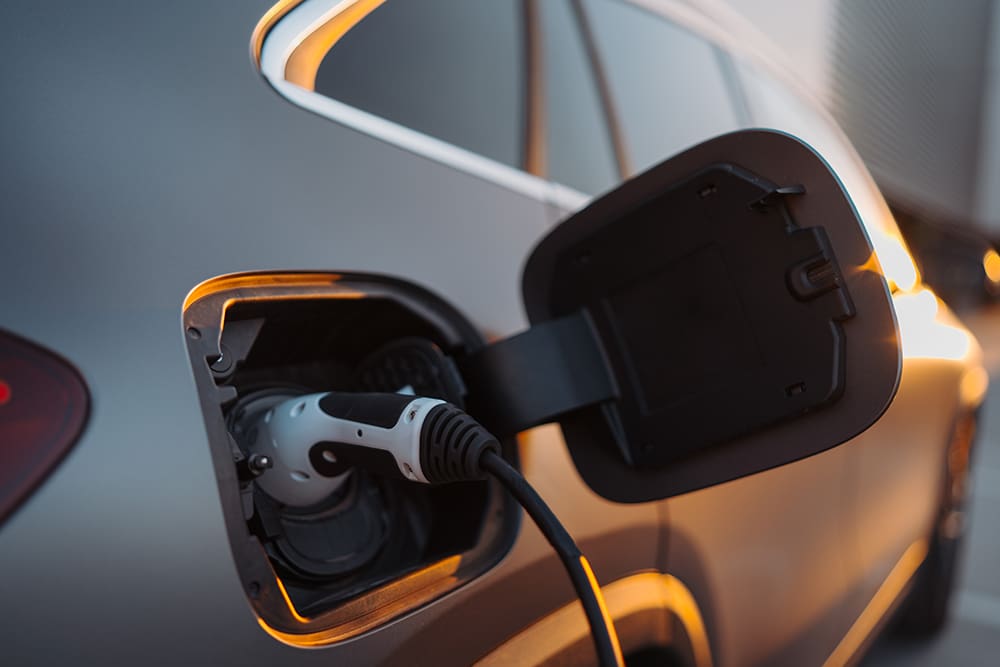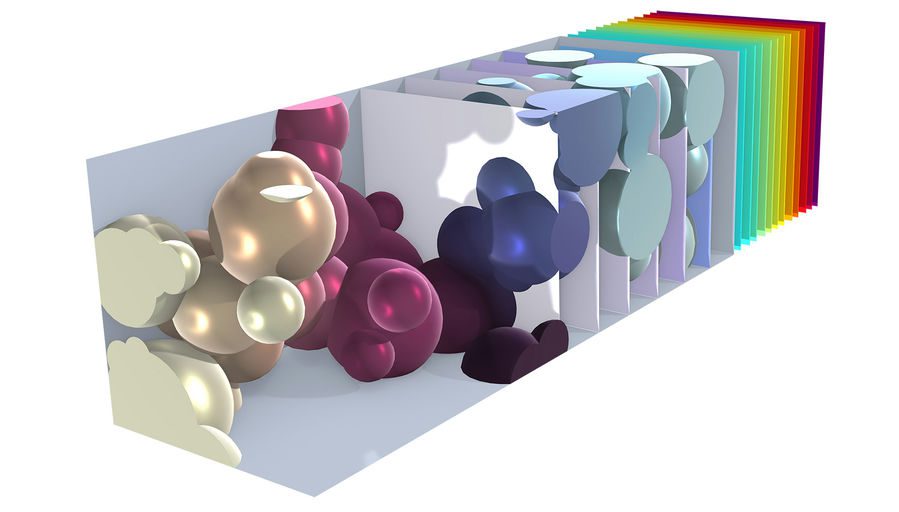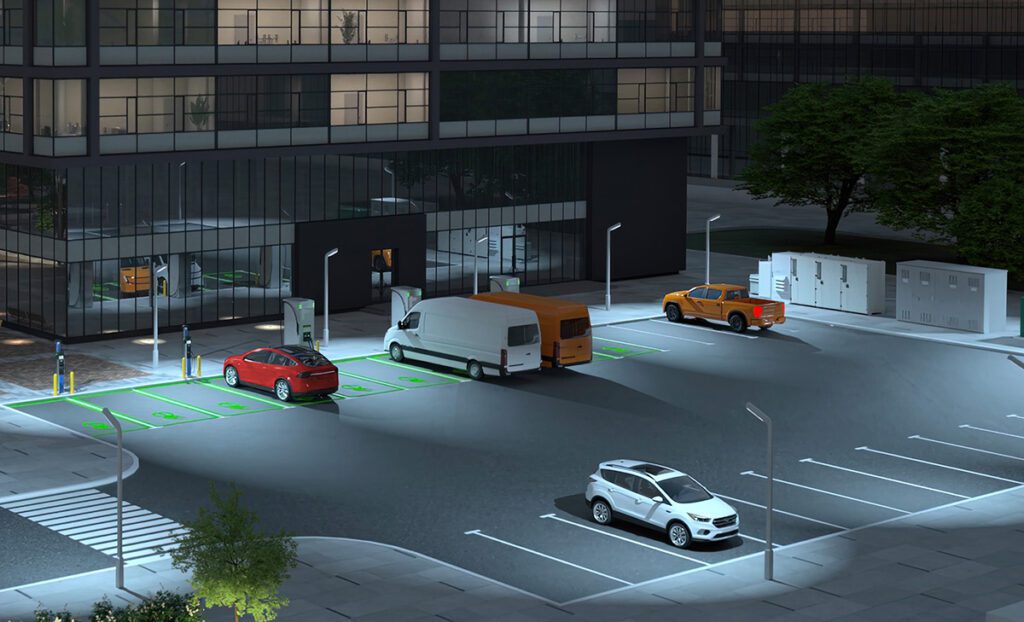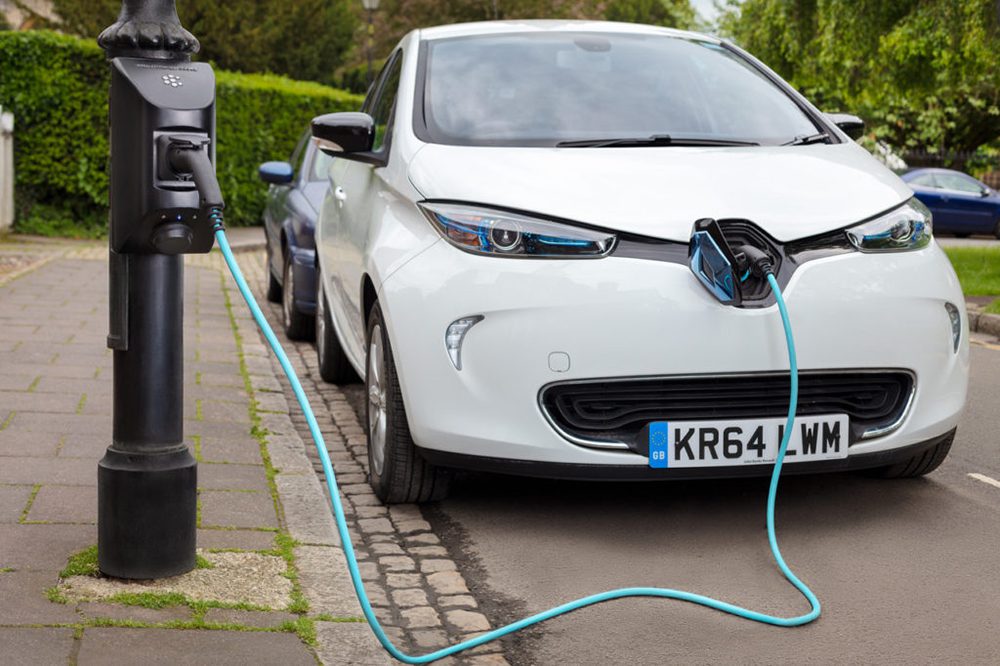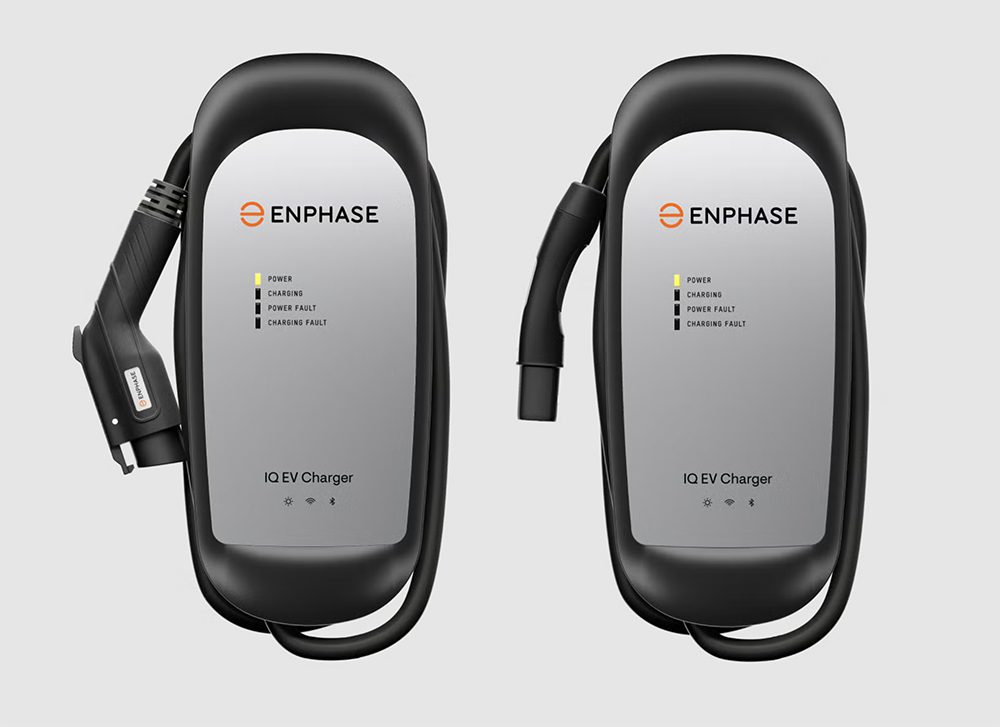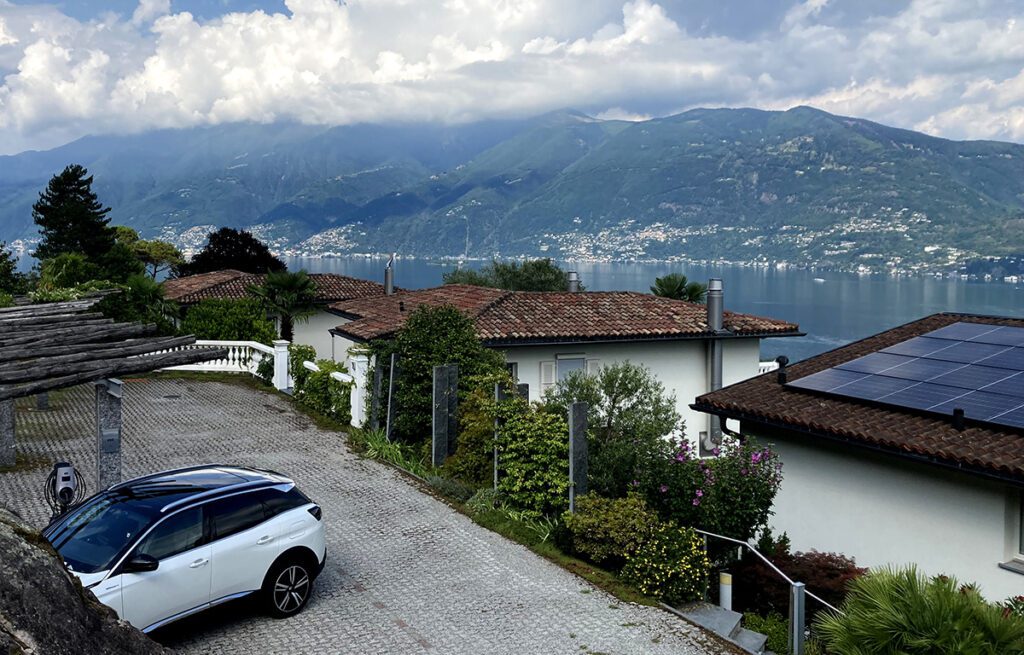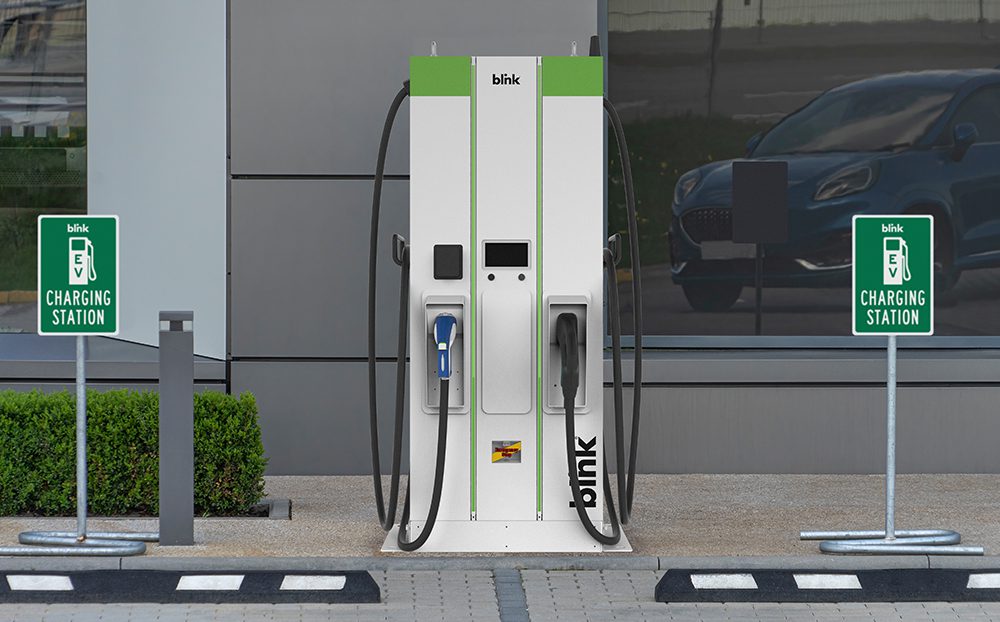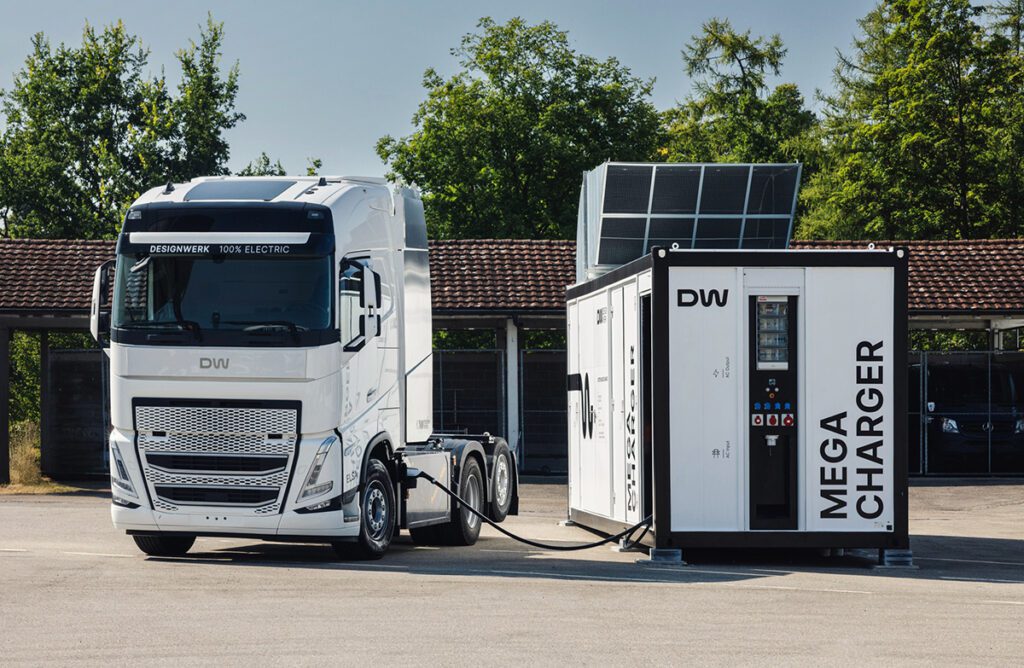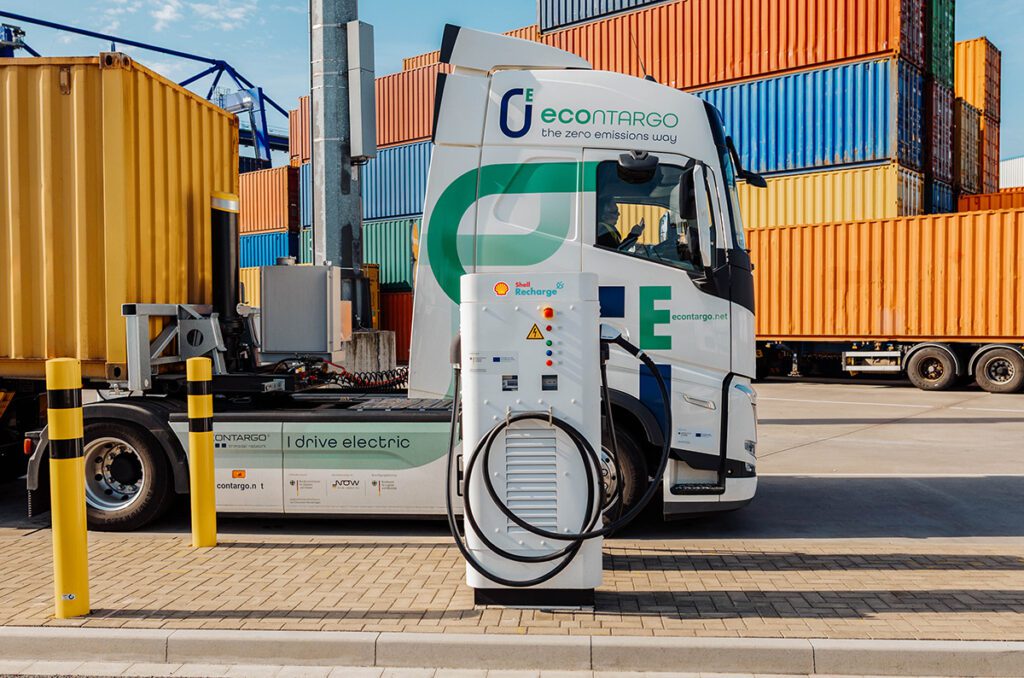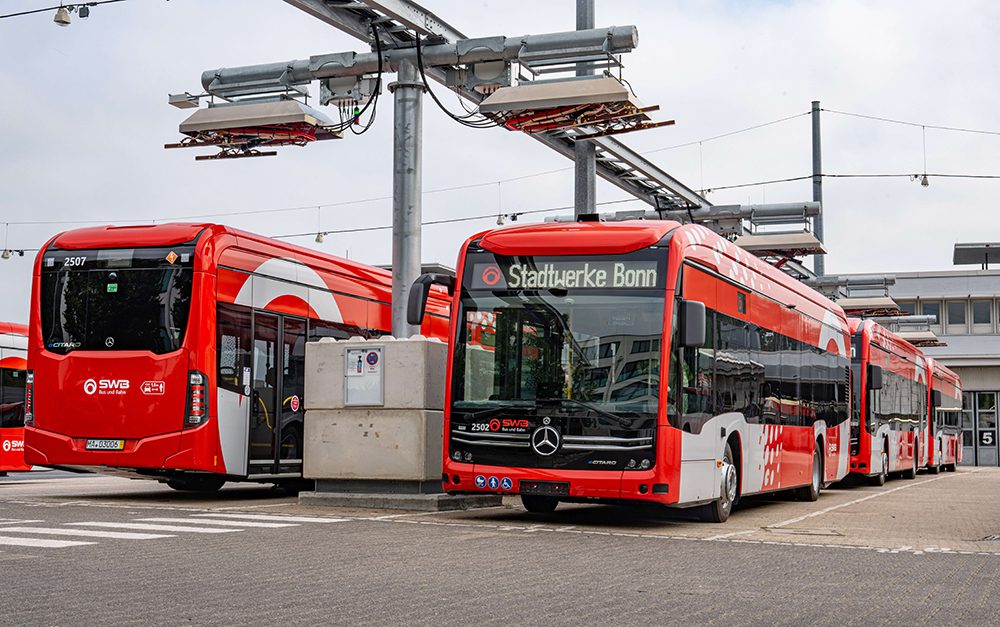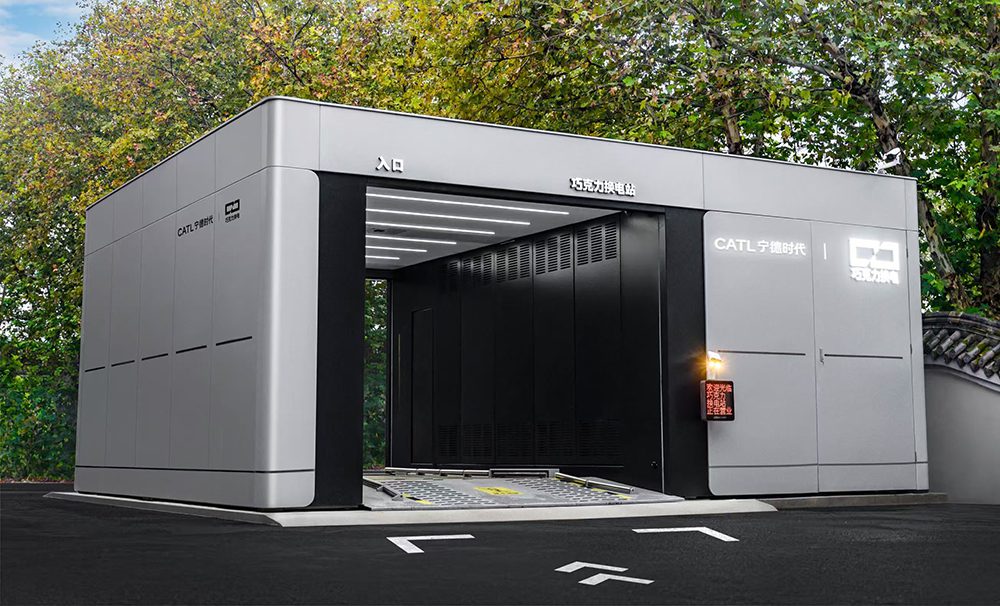In many EVs, regenerative braking is limited by the manufacturer to a modest level, and usually offers little or no ability for the driver to adjust it (aside from the few cases in which regen is made proportional to the initial movement of the brake pedal). Is tepid regen braking the result of some sort of technical limitation with the drive system components most commonly used in EVs: a Li-ion battery, a three-phase voltage source inverter and either a permanent-magnet synchronous or asynchronous induction motor? Maybe, maybe not…
Let’s start with the motor. Both types of AC motor commonly used in EVs – the asynchronous induction and the permanent-magnet synchronous – work equally well as a generator or a motor, so this shouldn’t be a limiting factor when it comes to regen braking force. The inverter can also work equally well in either operating mode. Of course, regen braking becomes less effective as motor RPM approaches zero, just as the rate of acceleration declines once motor RPM exceeds a certain value, but aside from these limits – and the other laws of physics, road conditions, etc. – the motor and inverter won’t intrinsically limit regen braking.
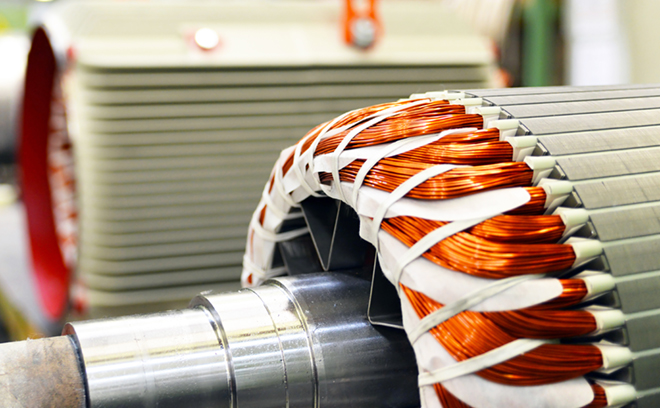
The battery is the part of the EV drivetrain most likely to be the limiting factor for regen braking. The Li-ion cell types most commonly used in EVs are capable of at least a 2C continuous discharge rate, but only a 0.8C to 1C charge rate. This suggests that the rate of charging has to be limited to no more than 40-50% of discharging, at least on a continuous basis. Of course, Li-ion batteries can tolerate much higher discharge rates for short periods of time; this is implied by the ratio of the motor/inverter power rating to the battery capacity (e.g. a Nissan Leaf with a 24 kWh battery and an 80 kW motor/inverter rating subjects its battery to a maximum discharge rate of 3.33C). However, an excessive discharge rate mainly results in a higher cell temperature, whereas charging at too high a rate can cause the lithium ions to plate out as metal onto the cathode, which results in a permanent loss of capacity, or can even cause catastrophic failure of the cell.
Finally, there might be more subjective considerations for limiting regen braking, such as driving feel and intuitiveness of operation. For example, aggressively engaging regen as soon as the accelerator pedal is lifted can make for a jarring driving experience and will generally be less efficient than simply coasting (though regen braking is always more efficient than mechanical braking, of course). There doesn’t seem to be as compelling an argument for not providing some means of adjusting the strength of regen manually – via a knob, say – so perhaps this will become a standard feature on all EVs in the future.
Read more EV Tech Explained articles.
SEE ALSO: A closer look at regenerative braking




